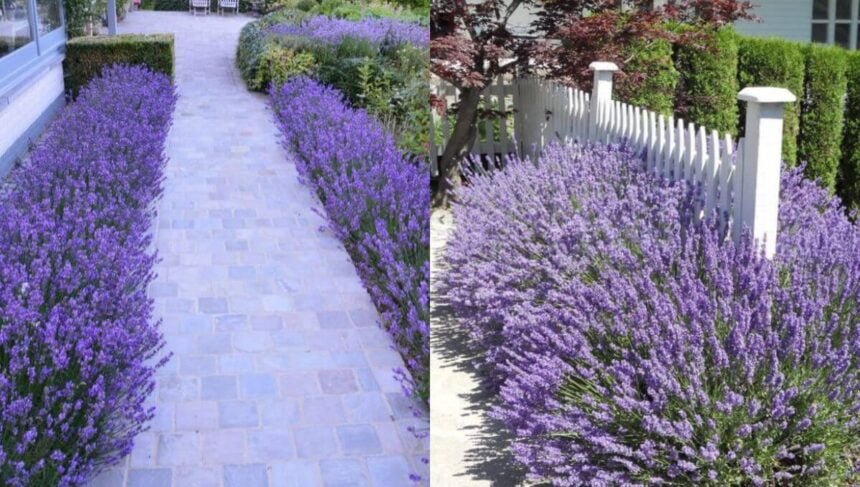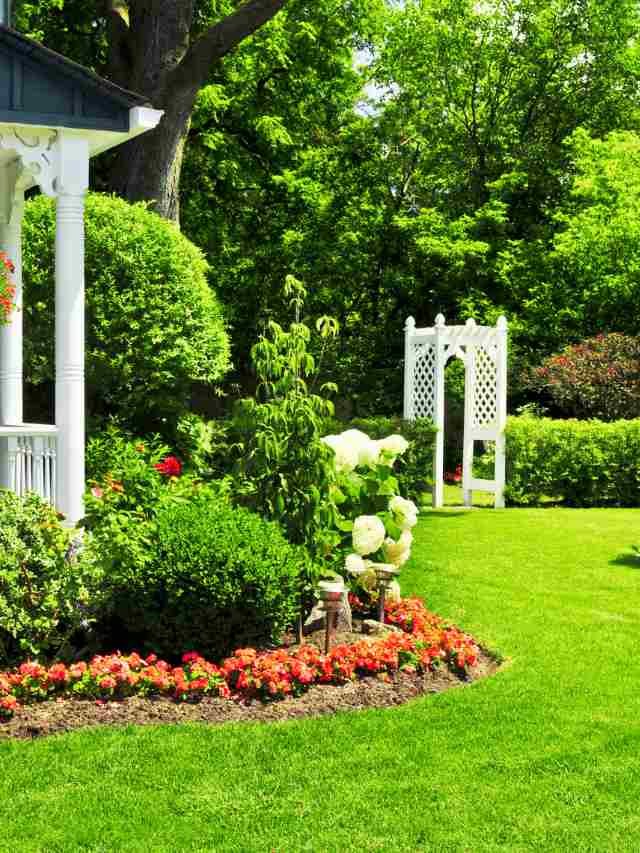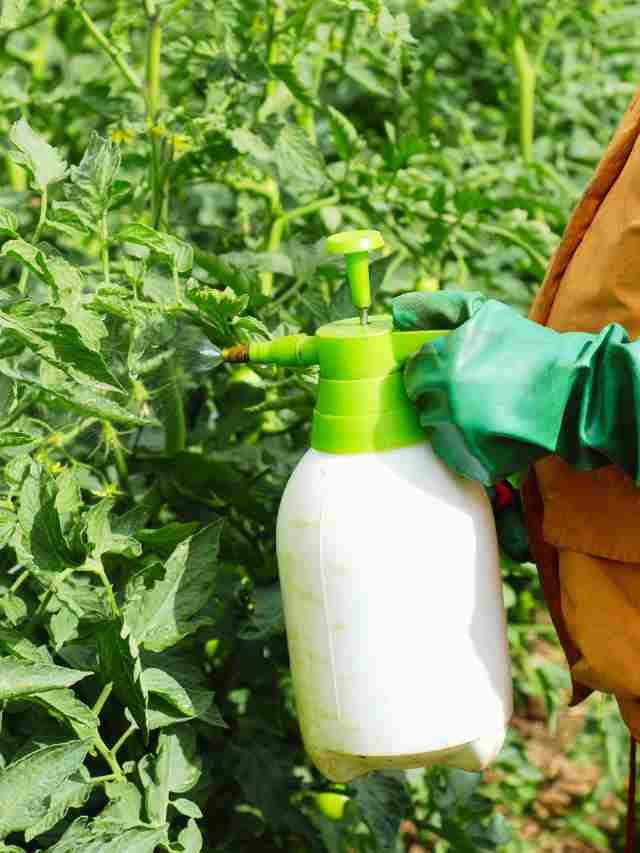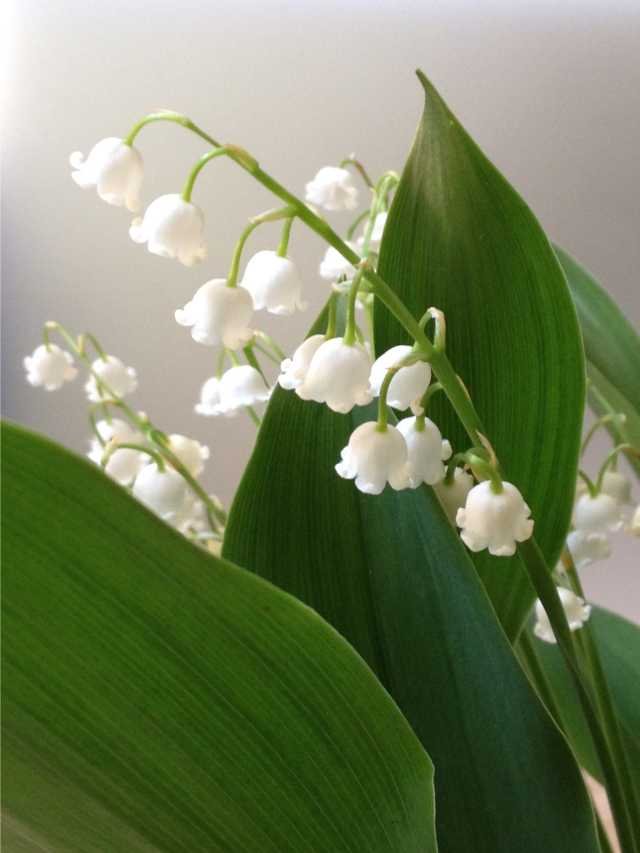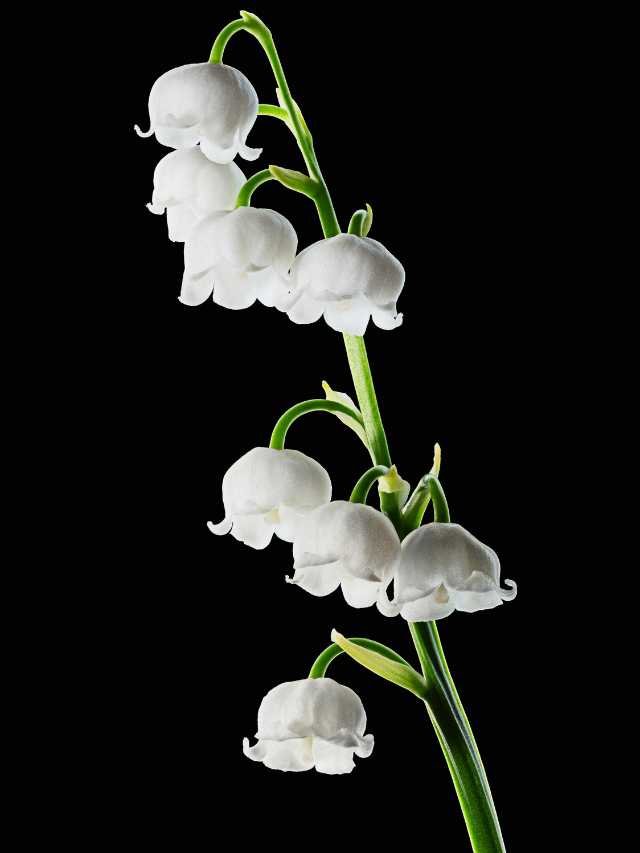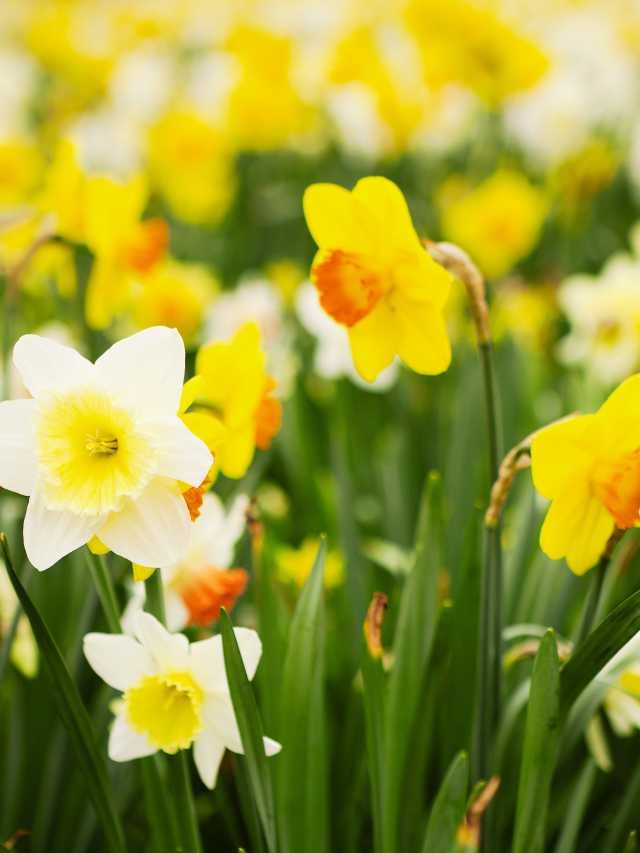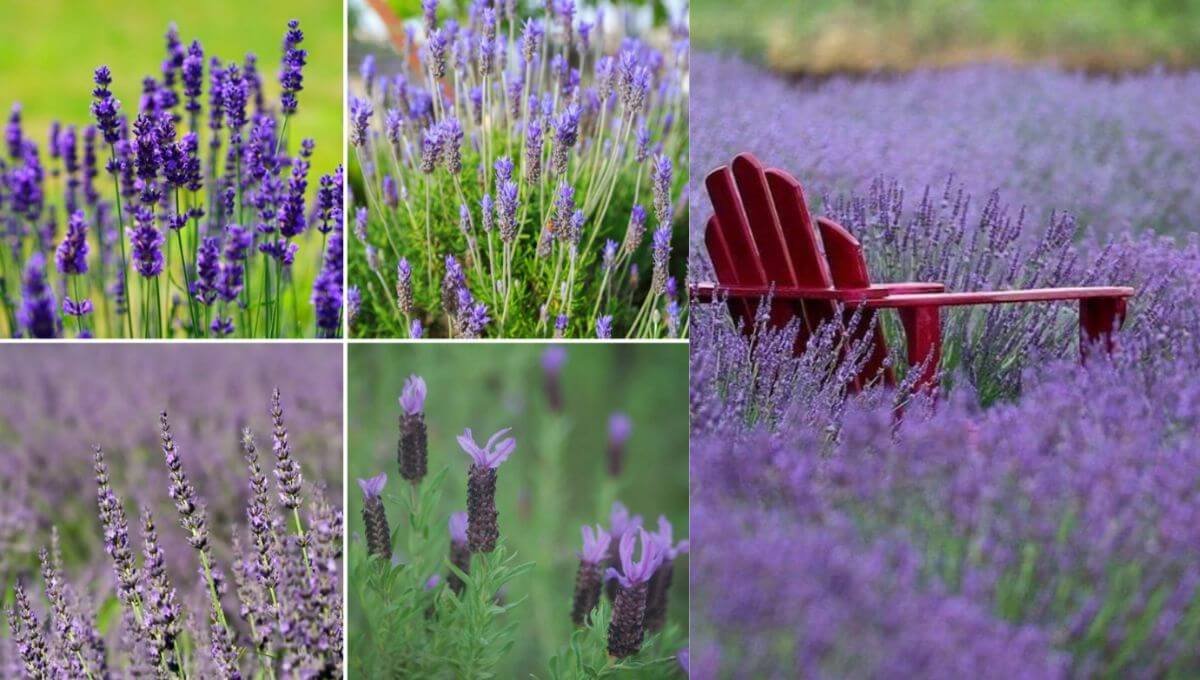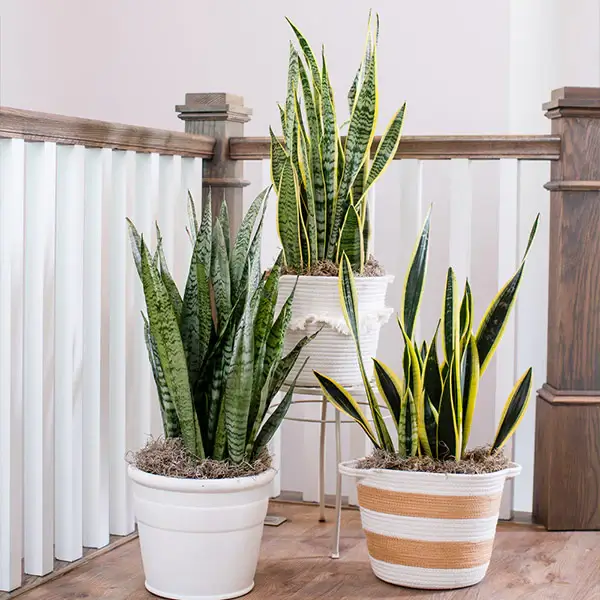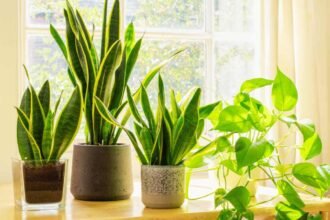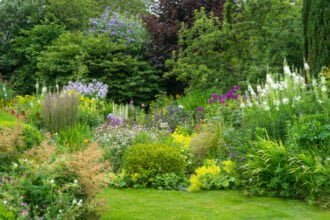Lavender, known for its beautiful purple flowers and calming scent, is a beloved plant around the world.
Whether you’re interested in cultivating lavender for its essential oils, culinary uses, or simply to enhance your garden’s beauty, understanding where it grows best is crucial.
In this comprehensive guide, we’ll explore the ideal conditions for growing lavender, the best regions for its cultivation, and tips for ensuring your lavender plants thrive.
Understanding Lavender
What is Lavender?
Lavender (Lavandula) is a genus of 47 known species of flowering plants in the mint family, Lamiaceae.
Native to the Old World, it is found from Cape Verde and the Canary Islands, across Europe to northern and eastern Africa, the Mediterranean, southwest Asia to southeast India.
The most commonly cultivated species is Lavandula angustifolia, often referred to as English lavender.
Benefits of Lavender
Lavender is not only appreciated for its aesthetic appeal but also for its practical uses. It has significant benefits, including:
- Aromatherapy: Lavender essential oil is widely used for its relaxing and calming properties.
- Culinary Uses: Lavender flowers can be used in cooking to add a unique flavor to dishes.
- Medicinal Properties: It has been traditionally used for its antiseptic and anti-inflammatory properties.
- Gardening: Lavender attracts pollinators like bees and butterflies, making it a great addition to any garden.
Ideal Conditions for Growing Lavender
Climate
Lavender thrives in regions with a Mediterranean climate. This includes areas with:
- Mild winters and hot, dry summers: Lavender prefers temperatures between 60-80°F (15-27°C). It can tolerate higher temperatures but may struggle in extremely cold conditions.
- Full Sun: Lavender plants need at least 6-8 hours of direct sunlight daily. More sun typically results in better blooms and stronger plants.
Soil Requirements
Lavender plants are not very demanding when it comes to soil, but they do have specific preferences:
- Well-draining soil: Lavender roots are prone to rot if left in waterlogged conditions. Sandy or gravelly soils that drain well are ideal.
- Slightly alkaline soil: A pH level between 6.5 and 7.5 is best. If your soil is too acidic, you can amend it with lime.
- Poor to moderately fertile soil: Lavender doesn’t need nutrient-rich soil and often performs better in less fertile conditions.
Watering Needs
Lavender is drought-tolerant once established, which means it requires minimal watering:
- Young plants: Water regularly until established, ensuring the soil is dry before watering again.
- Established plants: Water sparingly. Overwatering can lead to root rot and other issues.
Spacing and Pruning
Proper spacing and pruning help lavender thrive:
- Spacing: Plant lavender 2-3 feet apart to ensure good air circulation, which helps prevent disease.
- Pruning: Prune annually after flowering to encourage new growth and maintain shape. Remove about one-third of the plant, avoiding cutting into old wood.
Best Regions for Growing Lavender
Europe
Lavender is synonymous with the rolling fields of Provence, France, but it thrives in many parts of Europe:
- Provence, France: This region is famous for its vast lavender fields, benefiting from the Mediterranean climate and well-draining, slightly alkaline soil.
- Italy and Spain: Similar climates and soil conditions make these countries ideal for lavender cultivation.
North America
In North America, several regions provide excellent conditions for growing lavender:
- Pacific Northwest (USA): Areas like Oregon and Washington have become prominent lavender-growing regions due to their mild climate and well-draining soils.
- California: With its Mediterranean climate, many parts of California are perfect for lavender.
- Southern United States: States like Texas and Georgia, with proper soil amendments, can also support lavender growth.
Australia and New Zealand
- Australia: Regions like Tasmania and Victoria are known for their successful lavender farms, thanks to their suitable climate and soil.
- New Zealand: Certain areas with a mild climate and well-draining soils are also conducive to growing lavender.
Other Notable Regions
- South Africa: Some regions in South Africa, with their Mediterranean-like climate, support lavender cultivation.
- Argentina and Chile: Parts of these countries also offer ideal conditions for lavender growth.
Tips for Growing Lavender Successfully
Choosing the Right Variety
Selecting the appropriate lavender variety for your region is essential. Some popular varieties include:
- English Lavender (Lavandula angustifolia): Best for cooler climates.
- French Lavender (Lavandula dentata): Tolerates warmer, more humid conditions.
- Spanish Lavender (Lavandula stoechas): Known for its distinctive flower shape and thrives in hotter climates.
Soil Preparation
Prepare your soil well before planting:
- Amend heavy clay soils: If your soil is heavy, improve drainage by adding sand, gravel, or organic matter.
- Test soil pH: Adjust the pH if necessary by adding lime to raise it.
Planting Techniques
When planting lavender:
- Dig a hole twice as wide as the root ball: This helps the roots spread easily.
- Place the plant at the same depth it was in the pot: Avoid planting too deeply.
- Water well initially: Ensure good root establishment.
Pest and Disease Management
Lavender is relatively pest and disease-resistant but can face some issues:
- Aphids and spider mites: Regularly inspect and, if necessary, use organic insecticides.
- Fungal diseases: Ensure proper spacing and air circulation to prevent fungal issues.
The Bottom Line
Lavender is a versatile and resilient plant that can thrive in various regions worldwide, given the right conditions.
Understanding its requirements—such as a Mediterranean climate, well-draining soil, and full sunlight—can help you cultivate healthy and vibrant lavender plants.
Whether you’re a home gardener or considering commercial cultivation, these tips and insights will ensure your lavender grows in its optimal environment, providing beauty, fragrance, and numerous benefits.

